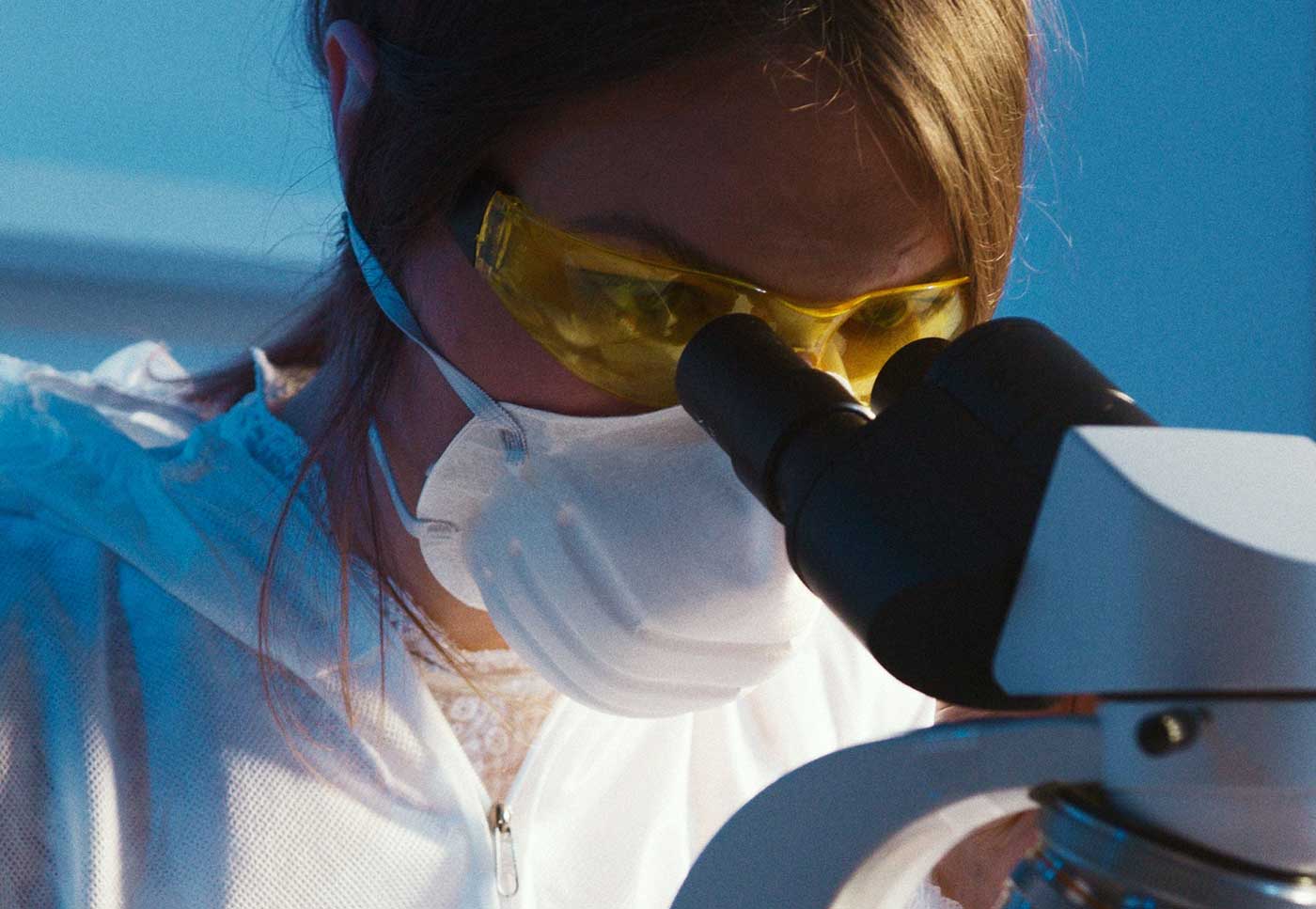
Medical Lab Errors Add Cost to Healthcare
When patients have blood drawn for laboratory tests, they are exposed to the risk of “medically Unreliable Results” (MURs) in three different phases. Medical laboratory errors that occur in the pre or post-analytical phase typically impact only one or a few patient samples while errors in the analytical phase of testing impact all patient samples tested until the underlying cause of method inaccuracy or imprecision is identified and corrected. Errors in the pre and post-analytical phases are frequently large, easily identifiable, and result in redrawing the blood sample – causing the cost of the re-draw for outpatients and hours of lost treatment time for patients in the emergency department or ICU – with the inherent costs of hospital beds and wasted specialist time waiting for results. Errors in the analytical phase are trickier to identify and more frequently lead to additional procedures plus incorrect or delayed diagnosis or treatment and ultimate patient harm.
One study in China[i] concluded that the cost associated with simply having to redraw a patient sample ranged from $31 to $250 depending on whether the patient was a critical care in-patient, other in-patients, or outpatient – with the average cost at $56 simply to redraw the blood sample. Costs included not only the staff time and consumables for the redraw, but additional time in hospital beds.
An extensive study of potential healthcare costs from positive lab error in calcium results[ii] looked back at specific tests performed on 89,000 adults with at least 1 calcium > 8.9 mg/dL (2.255 mol/L) at the Mayo Clinic in 1998 – 1999. They found that the INCREASE in observed costs of follow-up tests ranged from $34 to $89 per patient having a calcium test. With 26 procedures correlated with calcium values, they concluded that the number of follow-up procedures (and hence health care costs) is directly related to initial calcium test values. “With approximately 3.55 million patients per year receiving screening serum calcium tests being affected by systematic bias, the potential economic impacts range from $60 million to $199 million per year for analytic biases of 0.1 and 0.5 mg/dL, respectively.”
An article in MLO[iii] cited four specific case studies where the human cost cannot be fathomed:
- “A couple that had been married for 50 years were healthy except he required blood thinner medication for a treatable heart condition. However, incorrect prothrombin test results led to several increases in his medication. He died shortly after of a brain hemorrhage from over-medication.
- Over 100 patients tested positive for prostate cancer when in fact the test results from a prominent institution were wrong and some patients underwent treatment for non-existent tumors. The problem was later determined to be errors by equipment, personnel, and procedures.
- As part of a routine military physical, a soldier was told he was HIV positive. This led to him and his wife separating. Later the soldier found out he was actually HIV negative and the first test had been incorrect.
- A young couple was proud parents of a baby girl until routine tests cast doubt on the father’s paternity. The couple split up over this issue but reunited some years later and had another child. Knowing the first child wasn’t his, he insisted on a paternity test. They subsequently learned the first child was his and the original test had been compromised.
Medically unreliable results (MURs) mean patients may experience prolonged illness, progression of the underlying condition, and the need for more aggressive and expensive treatments. MURs can lead to increased healthcare utilization, including additional consultations, laboratory tests, imaging studies, and hospital stays. Moreover, patients may suffer physical and emotional distress, impacting their quality of life and productivity. The financial costs encompass not only the direct expenses of healthcare services but also indirect costs such as lost productivity, disability, and the potential for litigation. Early and accurate diagnosis is crucial in minimizing the financial burdens associated with delayed or incorrect diagnoses. Early and accurate diagnosis requires verified-effective risk management.
[i] https://www.valueinhealthjournal.com/article/S1098-3015(15)00541-0/fulltext
The financial impact of Blood specimen rejection due to the poor pre-analytical Quality in Healthcare Facility in China
[ii] https://www.nist.gov/system/files/documents/director/planning/report04-1.pdf
[iii] https://www.mlo-online.com/management/qa-qc/article/21264175/more-than-cost-the-true-impact-of-errors
More than cost: The true impact of errors



